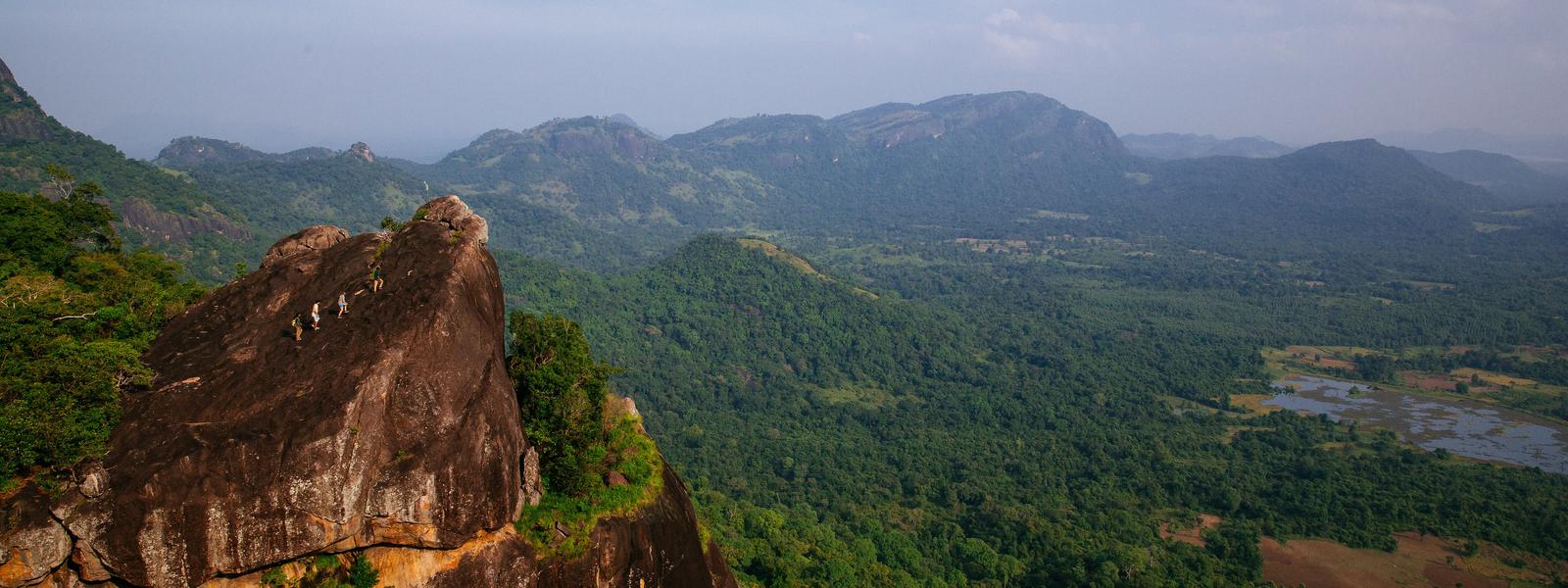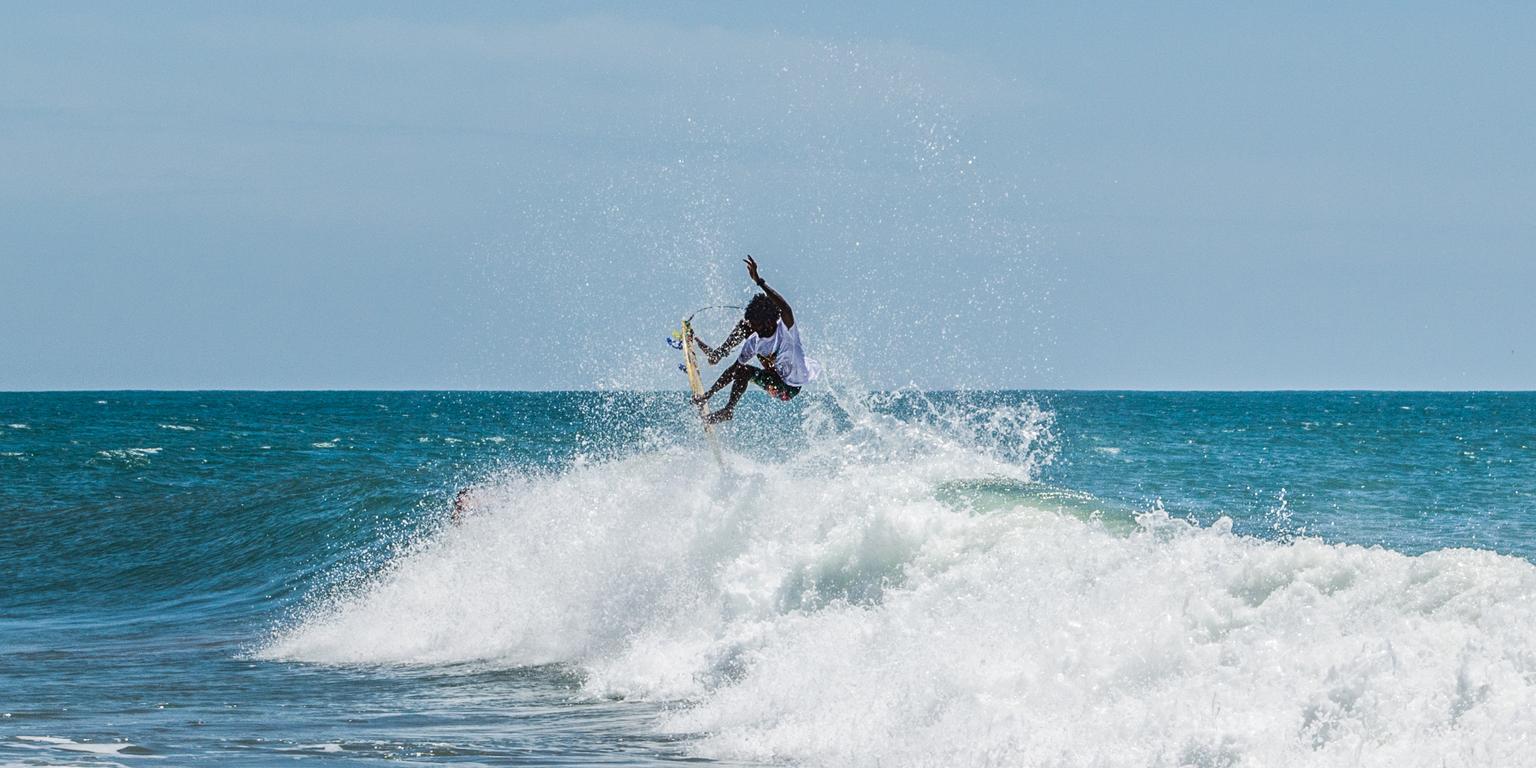When is the best time to visit Sri Lanka?
Sri Lanka is a year-round holiday destination thanks to its combination of weather systems ensuring that one or several regions, as well as a section of coastline, is statistically always expecting sunshine.
Whilst the best time to go to Sri Lanka is between December and mid-April, which is considered to be the countrywide peak season, the traditional summer holiday months are also favourable on the east coast which is at its peak from May to September.
Temperatures are fairly constant year round, with coastal regions enjoying average temperatures of 25-30°C and the highlands 15-18°C on average. If you’re travelling during the summer months (May to September) you’ll want to head towards the east coast and northern regions for dry, sunny weather, as the west and south west coasts experience rain at this time. On the flip side, the west and south west enjoy favourable weather conditions during the winter months (October to February) when the monsoon season hits the east and north.
Sri Lanka weather & when to go
Pick a month below
Weather seasons are becoming less predictable but peak visitor months remain more certain.
Unfollow the herd - avoid the peak months to enjoy fewer crowds, better availability, often lusher countryside and help to spread the economic benefits of tourism.
Weather overview
Unlike many other Asian destinations, Sri Lanka can lay genuine claim to being a year-round holiday destination. You just have to know which side of the island to focus on in any given month, and this is never more important than when planning your beach destination.
When should you travel to Sri Lanka?
The period from December to mid-April is considered the peak season for overall weather and therefore overall visitor numbers. Whilst there is good reason for this, there are equal benefits to travelling outside of this period, with the shoulder season often providing the best of both worlds; namely great weather and a lower visitor numbers.
Summer holiday is also a popular time with the east coast expecting plenty good weather and sunshine whilst the south-west monsoon leaves much of the south and west coast with high rainfall and winds.
When is the best beach weather in Sri Lanka
The easiest way to understand the seasons of Sri Lanka’s beaches is to divide the coast into three sections:
The south-west (the section south of Negombo & Colombo) and the entire south coast.
Peak season: December to March
Shoulder season / mid-season: October, November and April
Monsoon season: May to September
The entire east coast
Peak season: April to September
Shoulder season / mid-season: October
Monsoon season: November to March
The central and northern section of the west coast (from Negombo northwards)
Peak season: February to October (but high winds/big seas from June to September)
Shoulder season/ mid-season: October
Monsoon season: November to January
Sri Lanka’s weather by region
Unquestionably, the starting point when planning your trip in Sri Lanka is understanding the two monsoon seasons.
Colombo & South-West Coast
Bentota, Colombo, Negombo, Kalpitiya
The south-western monsoon brings rain to the south-west of Sri Lanka between May and September, while the dry season in this region runs from December to March.
With the west coast’s weather governed by the south-western monsoon, the best weather is expected between late November and April. Average temperatures throughout rarely drop much below 30 °C, but at certain times high rainfall and stormy conditions mean that your idyllic beach plans are best made elsewhere.
Rainfall is at its highest between June and September, although August is often an exception with much lower rainfall.
The South Coast
Galle, Weligama, Mirissa, Tangalle, Yala National Park
The beaches along the south coast, from Galle as far east as Mawella and Hambantota are expecting their best weather between late November and April. Further east, beyond Yala NP, the weather can also be influenced by the north-eastern monsoon, with its higher rainfall from October to January, and dryer weather from May to September. As with much of Sri Lanka, September & October can also see heavier rain, although by November blue skies are expected once again, with good weather expected through till May.
Central & Northern sections of the West Coast
Kalipiya, Puttalam, Mannar
This section of coastline gets very different weather to beaches and towns further south (below Negombo) as, put in really simple terms, it only gets caught on the fringes of the south-west monsoon. So whilst during the summer months between June and October the winds and sea can both be high, it’s unusual for there to be rainfall. This makes beaches such as Kalpitiya very popular with windsurfers and kite-surfers or more intrepid beach goers looking who cherish time on the sands without the crowds.
East Coast
Passekudah, Trincomalee, Arugam Bay, Batticaloa, Nilaveli, Kuchchaveli
Sri Lanka’s east coast comes into its own while the rest of the island is experiencing monsoonal rains. Influenced by the north-eastern monsoon, the best weather is from April to September, with the monsoon running from October until January.
Presently the infrastructure and resort development are minimal, but things are changing fast, with a host of luxury hotels planned in the coming years. If you are happy with more basic beach accommodation, the east coast's summer offers a truly exceptional opportunity to enjoy some of Asia’s least developed beaches.
North-East Coast
Jaffna, Mullativu
In the north and eastern coastal regions of the country, the weather is influenced by the north-eastern monsoon, which brings wind and rain between October and January, and drier weather between May and September.
There is also an inter-monsoonal period during October and the first half of November, when rain and thunderstorms can occur across the island. This clears up as December nears, with conditions getting balmier by the day during the second half of November.
The Cultural Triangle
Dambulla, Anuradhapura, Sigiriya, Minneriya National Park
Many of Sri Lanka’s cultural highlights, including no less than five UNESCO sites, including Dambulla, Anuradhapura and Sigiriya, are located within this ‘dry zone’. Aside from a high rainfall in November and December, conditions remain fairly arid throughout the year, although visitors during June and July may experience the hot, strong winds that help keep the south-western monsoon at bay.
Kandy & Tea Country
Kandy, Ella, Nuwara Eliya, Haputale, Hatton, Adam's Peak
Kandy sits at a far lower altitude than the 'Tea Country' and because of this can expect to enjoy higher temperatures and lower rainfall than in the hills to the south. Your journey from Kandy to the Cultural Triangle climbs an elevation of 700 metres, so you feel a drop in temperature as you climb. The weather in the Tea Country is influenced by both monsoons, the result of which is a climate somewhat reminiscent of a Scottish autumn for much of the year. Sitting at nearly 2,000 metres above sea level, the region is much cooler than elsewhere in Sri Lanka.
December marks the beginning of the Adam's Peak pilgrimage season, which runs throughout the dry season until May.
What to expect in Sri Lanka?
Whilst planning any holiday around the seasons, it’s important to remember that the world’s weather has a funny habit of not sticking to script, and this is never truer than in Sri Lanka. You will often be blessed with clear blue skies in what should be rainy season, or with torrential downpours in the middle of the dry season. Therefore you would do well to consider a whole host of other elements (ie seasonal airfares, school holidays etc) in addition to the weather when making your plans.
In general when it does rain, it’s unusual for the rain to last all day, with downpours tending to be short and sharp, often with a number of inches falling in just a matter of minutes. In extreme cases this can lead to localised flooding, which when severe can require last minute alterations to your travel plans... one of the highlights of travelling in Asia!
Relative humidity in Sri Lanka typically ranges from 60% - 90% and is generally higher in the south-west and mountainous areas, although it is also effected by seasonal patterns and rainfall. While Colombo can experience year-round daytime humidity in excess of 70% (rising to approximately 90% during the monsoon season), humidity in the Cultural Triangle drops as low as 60% during the monsoon month of March, and peaks at around 80% during the November and December rains. In the highlands, Kandy's daytime humidity usually ranges between 70% and 80% throughout the year.

